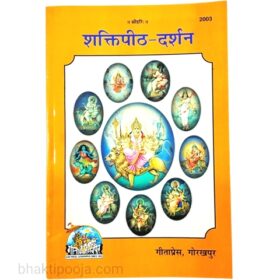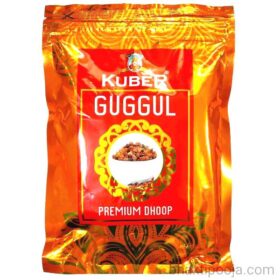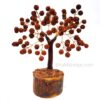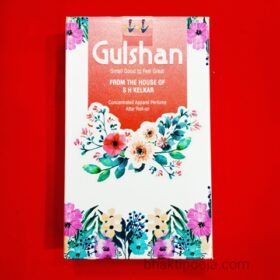Cow Dung Cake
₹56.00Current price is: ₹56.00. Original price was: ₹70.00.
In such a spiritual land as India, one can find religious ceremonies taking place at any time and any place. Spiritual “yagnas” are fire ceremonies that performed to thank the Gods and receive their blessings. Cows even play a central role in these fire yagnas or Agnihotras. Scientific research has found that the ritual of burning cow dung and ghee as fuel for these sacred fires, actually purifies the air, and has anti-pollutant and anti-radiation qualities in the environment.
A mala made of cow dung is also burnt by the devotees on Holika Dahan. This mala is known as Badkulla. You can also made this badkulla mala with each packet of this cow dung cake. It is also known as Kande, Uple etc.
Contain : 225 gms (approx) 28 pieces.
In India, cow dung is accepted as a purifier and has an important role in preserving the environment. Besides being used as a fuel, it also finds use as a disinfectant in homes. Burning of cow dung is thought to repel mosquitoes. It also has a significant role in crop growth as manure because of humic compounds and fertilizing bio elements present in it! It is also a component of Panchagavya; it is a term used in Ayurveda to describe five important substances obtained from cow, namely, urine, dung, milk, ghee and curd. A number of formulations mentioned in Ayurveda describe the use of Panchagavya components either alone or in combination with drugs of herbal, animal or mineral origin?. Cow dung showed a positive response in the suppression of mycelial growth of plant pathogenic fungi.
Millions of Hindus revere and worship cows. Hinduism is a religion that raises the status of the Mother to the level of the Goddess. Therefore, the cow is considered a sacred animal, as it provides us with life sustaining milk. The cow is seen as a maternal figure, a caretaker of her people. The cow is a symbol of the divine bounty of the earth.
Lord Krishna, one of the most well known of the Hindu deities is often depicted playing his flute amongst cows and dancing Gopis (milkmaids). He grew up as a cow herder. Krishna also goes by the names Govinda and Gopala, which literally mean “friend and protector of cows.” It is considered highly auspicious for a true devotee to feed a cow, even before eating breakfast oneself.
Cow dung is saved and used for fuel, as it is high in methane, and can generate heat and electricity. Many village homes are plastered with a mud/cow dung mixture, which insulates the walls and floors from extreme hot and cold temperatures. Cow dung is also rich in minerals and makes an excellent fertilizer. There is a big organic farming movement in India to return to ancient methods of utilizing cow dung to re-mineralize the depleted soil.
In such a spiritual land as India, one can find religious ceremonies taking place at any time and any place. Spiritual “yagnas” are fire ceremonies that performed to thank the Gods and receive their blessings. Cows even play a central role in these fire yagnas or Agnihotras. Scientific research has found that the ritual of burning cow dung and ghee as fuel for these sacred fires, actually purifies the air, and has anti-pollutant and anti-radiation qualities in the environment.
Ayurveda understands that some physical and emotional health crisis can not be healed by diet and herbs alone. They need the deeper and subtler healing of these types of Vedic ritual ceremonies to clear astrological past karma. The holy cow again offers its bounty by providing the ingredients in the Panchamrit, or blessed drink, that is distributed after the ceremony. Panchamrit translates as “sacred ambrosia” or “nectar of the gods” and is made up of 5 items – milk, yoghurt, ghee, honey and sugar. By drinking this sweet prasadam, one is infused with the divine energy created during the puja and is healed.
| Weight | 225 g |
|---|





















Reviews
There are no reviews yet.